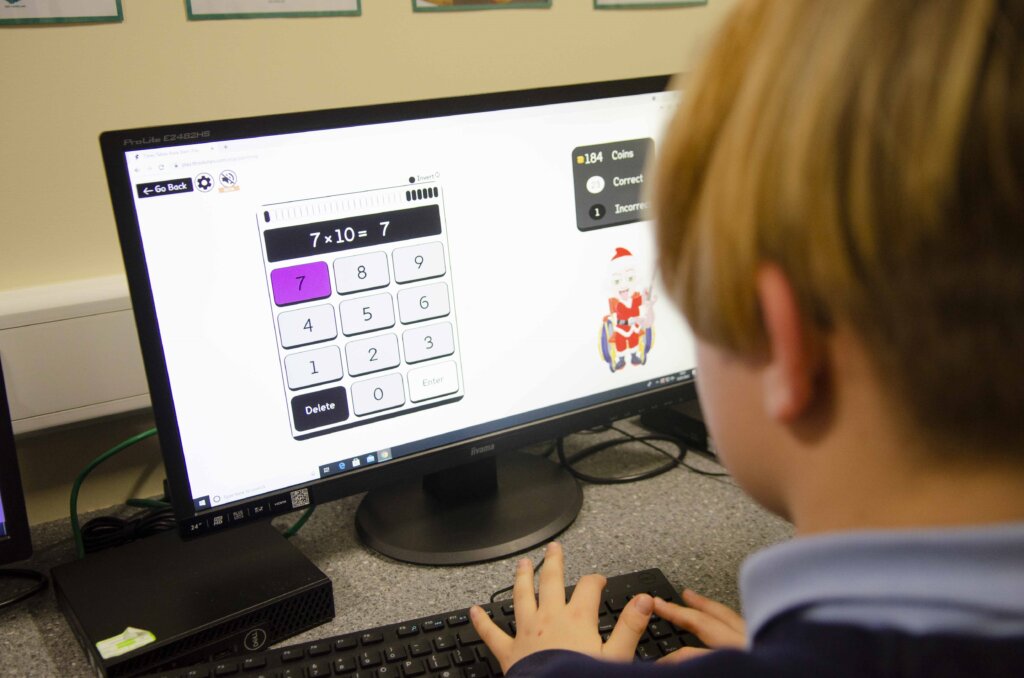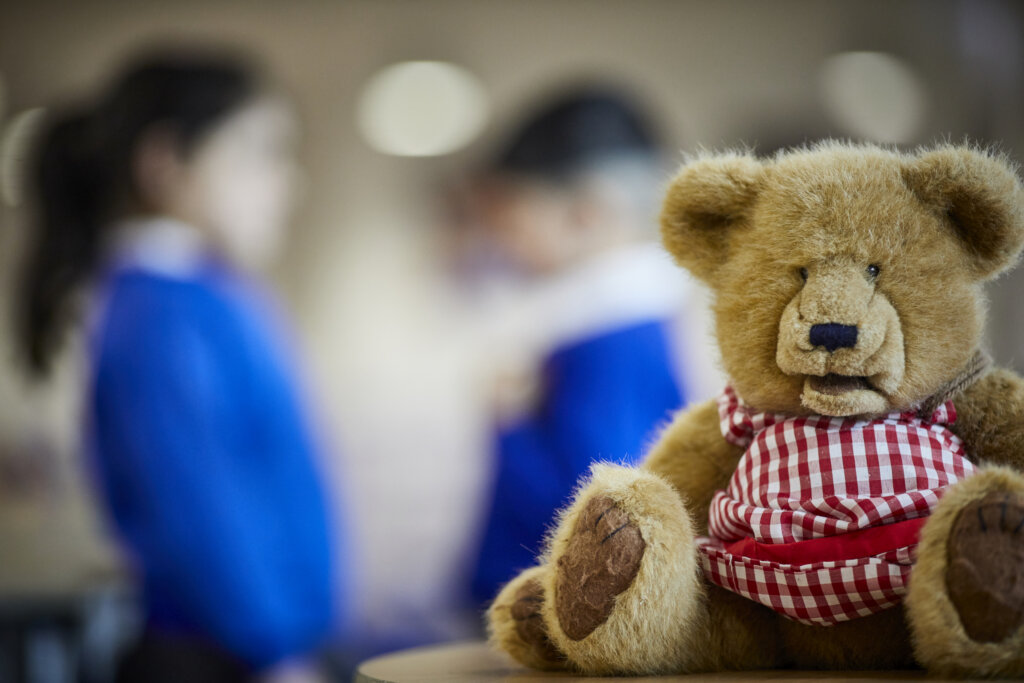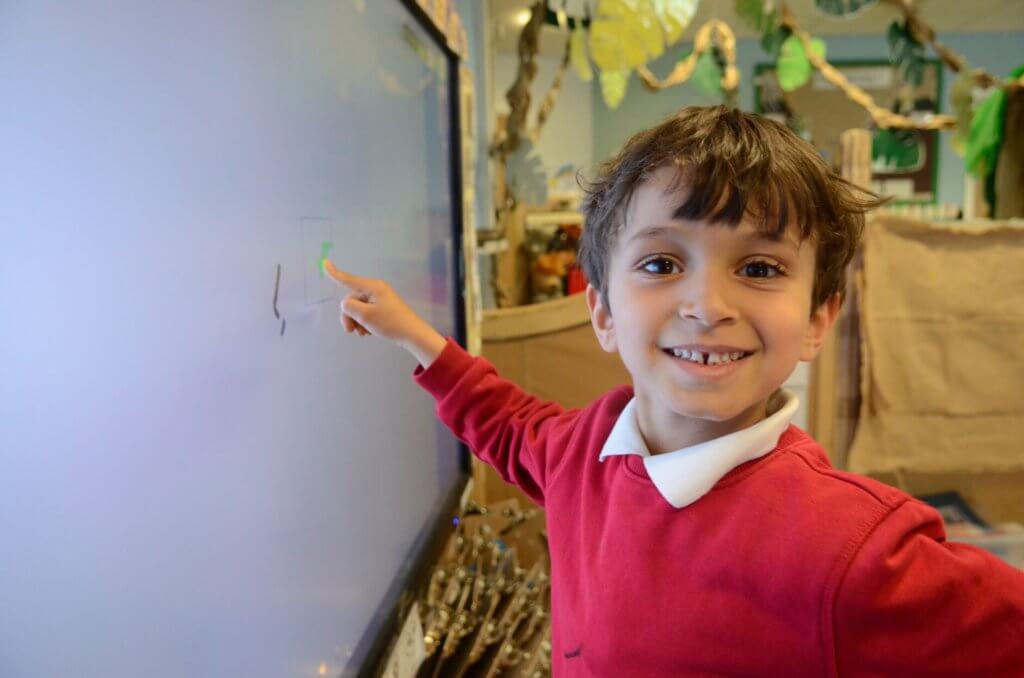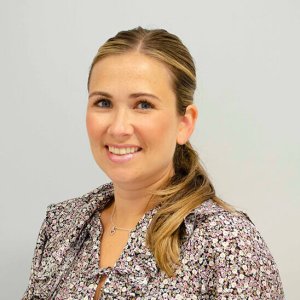How effective is your EYFS curriculum? Do children know more, understand more and do more? How do you know children are making progress and what does this look like? These are often questions we hear bandied about the sector and it’s important as a team you take the time to reflect on the effectiveness of your EYFS curriculum. In this blog, we will identify what it means to create an effective curriculum so that you are confident what you provide the children in your setting or school is high-quality, adaptive and meets the emerging needs of all learners.
When we hear the term ‘curriculum’ in the early years it can feel like very school-based language and like the academia agenda is being pushed into the early years sector. Whilst the words we use can carry different meaning and interpretations, the practice, and how we consider the EYFS curriculum within our settings, should still remain rooted with the principles of early learning and following child development at its core.
Definition: Curriculum – With roots in the Latin verb ‘currere,’ the word originally means to run a course, or run towards a certain destination. Over the years, the word has changed its meaning, however it can still be helpful to think of the curriculum as a track that pupils can follow to achieve their goals.
Curriculum now refers to a course of study in one subject at school or college. Or, any programme or plan of activities.
Now, in reference to the EYFS Curriculum, it appears to be an amalgamation of both. Whilst there are not individual subjects, there are areas of learning and the curriculum can be seen as a plan of activities to support child development across those areas.
What does the DfE’s EYFS Framework say?
As stated in the DfE’s EYFS Framework (2024), “There are seven areas of learning and development that set out what providers must teach the children in their settings. All areas of learning and development are important and inter-connected.” It is then up to individual settings and schools to decide what curriculum they will offer to meet the “high level curriculum summaries” of the Educational Programmes for the individual areas of learning. It goes on to state that Development Matters is a non-statutory guidance that could be used to support the design of the EYFS Curriculum but is not a requirement to do so.
As the summaries for each area of learning span from birth to 5 years old, they are underpinned with effective principles of learning at the early stages of development, which are essential for effective lifelong learning. They are not therefore prescriptive and allow settings and schools to tailor their EYFS Curriculum to meet the needs of the children in their care. This can be an exciting, yet daunting prospect, because you may wonder, how do I know where do I begin? A good starting point, which is used by a lot of settings and schools, is the non-statutory guidance, such as Development Matters or Birth to 5 Matters. Using this as a skeletal format provides a framework to then build in more detailed and tailored elements, making the curriculum unique to the setting or school and putting your children’s needs at the heart.
Beyond the curriculum summaries, the framework goes on to state that, “Practitioners need to decide what they want children in their setting to learn, and the most effective ways to teach it. Practitioners must stimulate children’s interests, responding to each child’s emerging needs and guiding their development through warm, positive interactions coupled with secure routines for play and learning”.
Therefore, building a curriculum centred around establishing positive relationships, creating inspiring and engaging learning opportunities and adapting teaching and learning to meet children’s needs, and stages of development, is a brilliant place to start when evaluating what you currently do. Quite simply, think – What is it like to be a child learning in our early years? What does their learning journey look like? How do I tailor teaching and learning to meet their individual learning pathway?
What is Ofsted looking for when they inspect?
Ofsted are very clear in their messages that they do not expect to see any physical documentation of planning, tracking grids or progression models. However, they do expect that leaders, and the EYFS team, can talk confidently about how they support children’s learning and development focusing on the ‘why’, ‘what’ and ‘how’. Why is your curriculum designed that way? What do you want children to learn over time? How is it progressive? How will you know children have learnt something?
Below is a snippet of the information Ofsted will use when making judgements in relation to the curriculum and assessment processes:
Inspectors should take account of all the judgements made across the evaluation schedule. In particular, they should consider:
- the extent to which leaders and providers plan, design and implement the EYFS curriculum
- the extent to which the curriculum and care practices that the setting provides meet the needs of the range of children who attend, particularly children with SEND
- the progress children make in their learning and development relative to their starting points, and their readiness for the next stage of their education
Again, the core messages here to reflect upon are: the curriculum design; how teaching and learning meets the emerging needs of all learners; and how adaptive the curriculum is to ensure that all children make progress and are prepared for the next stage of their learning journey.
Key Questions to Consider:
So, where to begin? When reflecting on the effectiveness on your current EYFS curriculum, consider these 10 questions:
- What do you want your children to learn in early years?
- How does this feed into your whole school curriculum?
- Does your whole school curriculum build on the roots of early years?
- How do you teach children in early years the knowledge and skills required in all areas of learning?
- What experiences do they have to deepen their knowledge and understanding?
- How much does the curriculum stimulate children’s interests and curiosities?
- How progressive is your curriculum and responsive to children’s emerging needs? Especially SEND children?
- Does it take into consideration all the stages of development and does the teaching, learning and the environment reflect this?
- What is the role of the adult in curating curriculums, adapting learning and environments and moving learning on through their positive interactions?
- How is the environment – the third teacher – linked to your curriculum design?
What next?
From this deep evaluation, you can start to generate a curriculum which is truly reflective of the needs of the children in your setting or school. Here you have your vision – your why! This is most effective when co-created with the EYFS team as it deepens their understanding of the ‘why’. Consider allocating staff meetings or professional development conversations around each of these questions and brain spill all the ways you are achieving this and plan actions going forward. This then generates the ‘what’ and ‘how’ – what are we doing to meet children’s needs? How does the teaching, learning and environment reflect this?
Evaluating your Curriculum in Action – Understanding the World – Making sense of the world around them
Let’s start with one of the Educational Programmes – Understanding the World – and unpick what we need to consider prior to planning the teaching and learning opportunities.
Understanding the world involves guiding children to make sense of their physical world and their community. The frequency and range of children’s personal experiences increases their knowledge and sense of the world around them – from visiting parks, libraries and museums to meeting important members of society such as police officers, nurses and firefighters. In addition, listening to a broad selection of stories, non-fiction, rhymes and poems will foster their understanding of our culturally, socially, technologically and ecologically diverse world. As well as building important knowledge, this extends their familiarity with words that support understanding across domains. Enriching and widening children’s vocabulary will support later reading comprehension.
From this, I have picked out core aspects to explore as part of this area of learning. They are:
- Having knowledge and making sense of the world around them.
- Providing a range of personal experiences- including visits and trips- of the world around them.
- Listening to stories and non-fiction to help understand the culturally, socially, technologically and ecologically diverse world.
- Build important knowledge across other areas of learning.
- Extend and enrich children’s vocabulary.
If we then consider one specific element of our education programme for understanding the world, we can interweave all the above aspects into a highly effective and interlinked curriculum. For example, we might consider the access our children have to the natural world around them, including the setting or school’s grounds, nearby parks or woodlands, etc. This can then act as a springboard that allows us to address most of the curriculum programme.
In our early years, we want our children to be curious and take notice of the changes to the natural world, especially with the seasons and observation of these changes over time. Therefore, planning effective curriculums should not be looked at as having half-termly or termly topics but rather themes that run through the year which are revisited. This supports children to make links in their learning, drawing upon their prior knowledge and experiences resulting in more deeper learning opportunities.

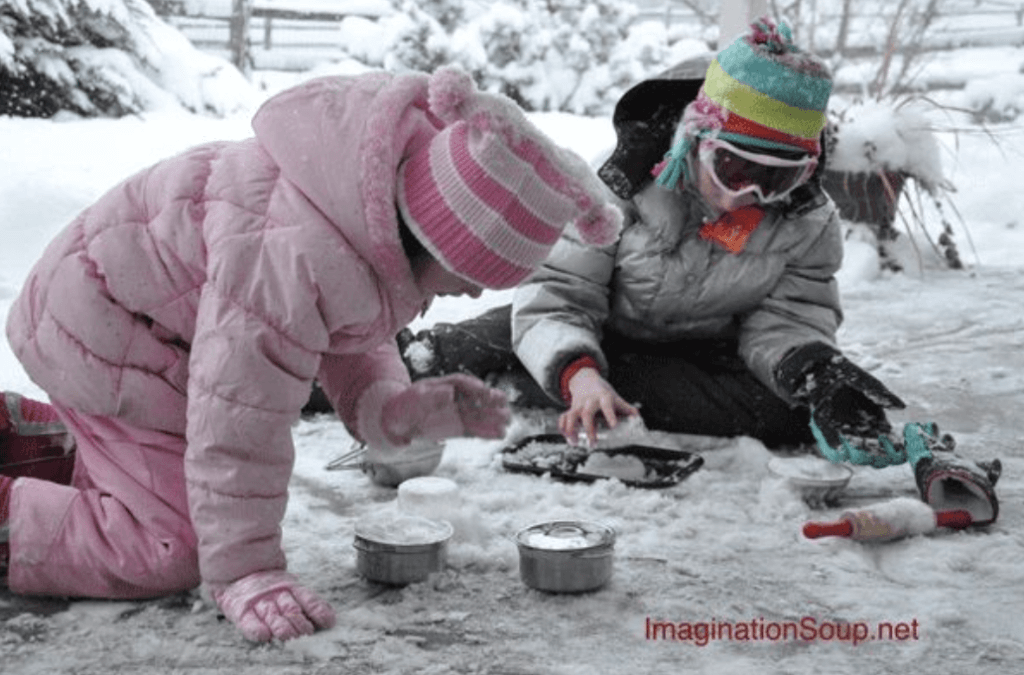
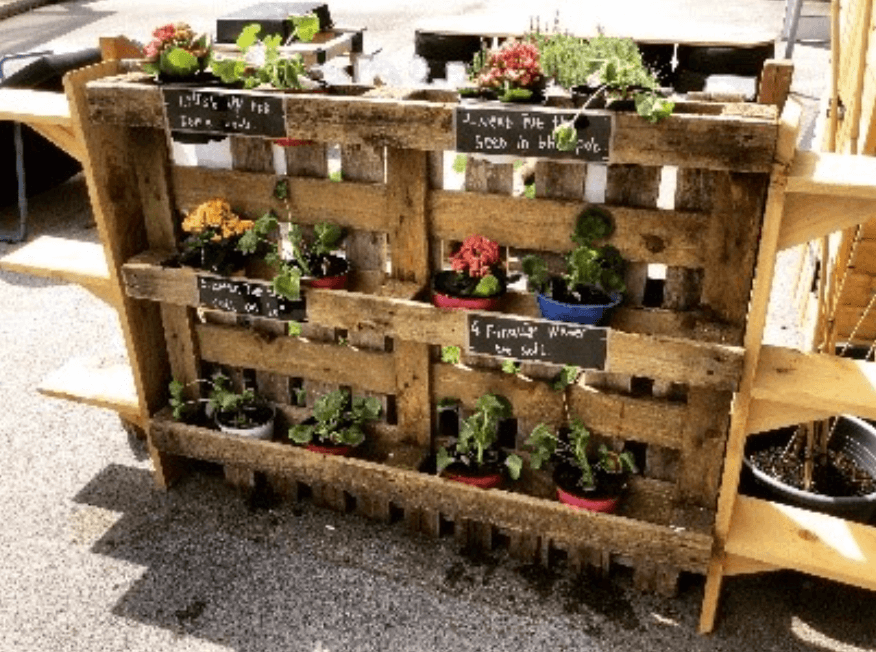
Image credit: Mrs Hutchinson on X
For this particular example, you would ensure opportunities to explore the changes to the seasons during each term are weaved throughout your EYFS Curriculum, pinpointing days or weeks for children to revisit and explore the nature around them. Consider: do children experience an autumn walk collecting nature’s treasures? Do they track the changes to a familiar tree within the environment at different points in the year? Are they involved in planting in the springtime and observing the growth over the summer term? Are comparisons drawn with hot and cold climates across the world when we are experiencing these temperatures? Do children observe the changes in wildlife in the seasons from sleepy animals hibernating in winter to observing the life cycle of butterflies in the summer?
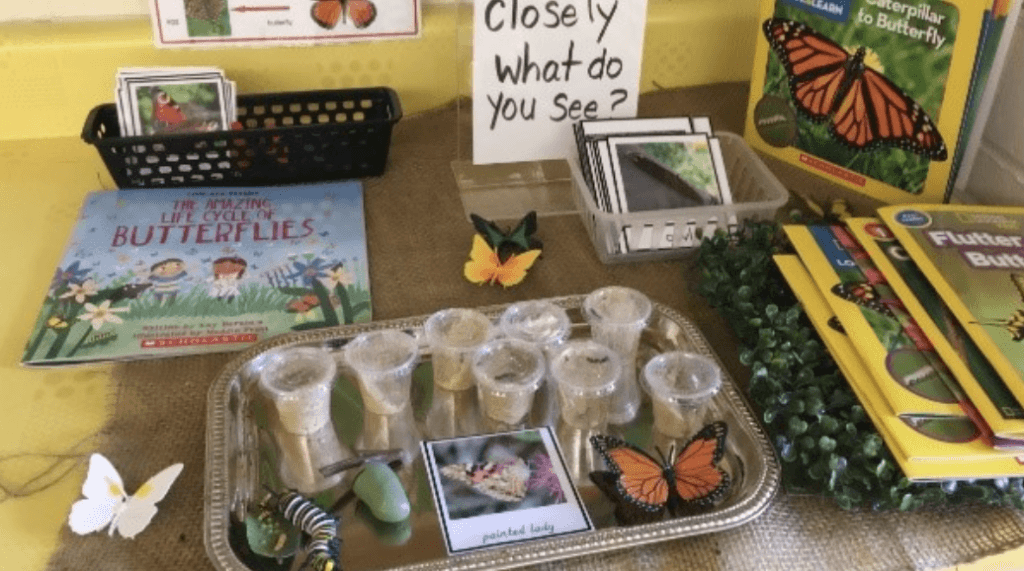
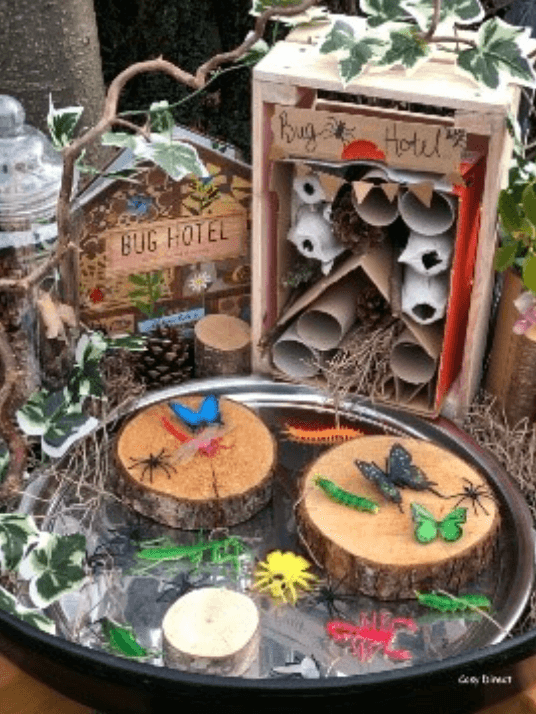
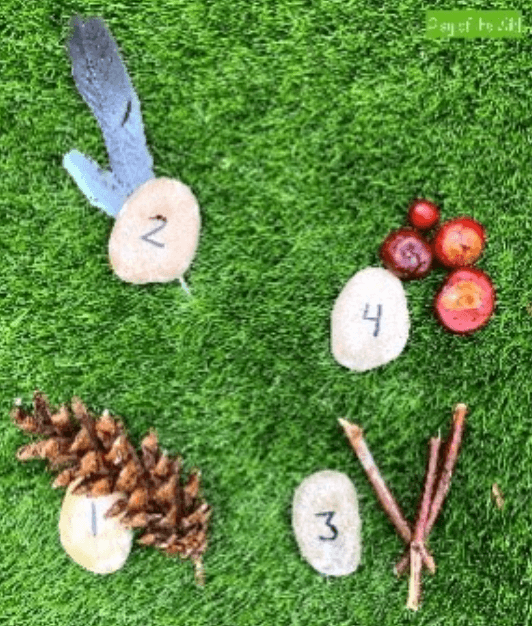
When reflecting on your curriculum it is important to see it as a journey, one that evolves and adapts as the year progresses so that children leave with a richer and deeper connection with the world around them. Here is a map to illustrate how this can be achieved across the year.
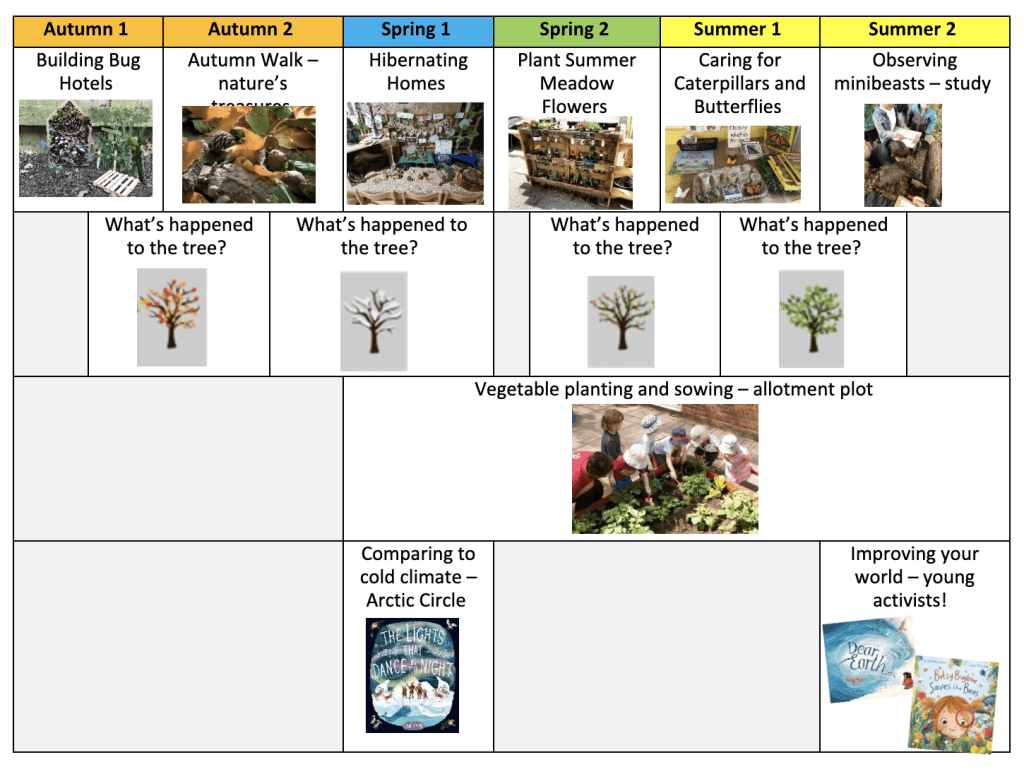
Providing children with access to high-quality stories and books enhances and contextualises the learning whilst exposing them to enriching vocabulary. These can be the stimulus for learning, provide wider links to other areas of learning, and be immersed within areas of provision to create a holistic approach to learning.
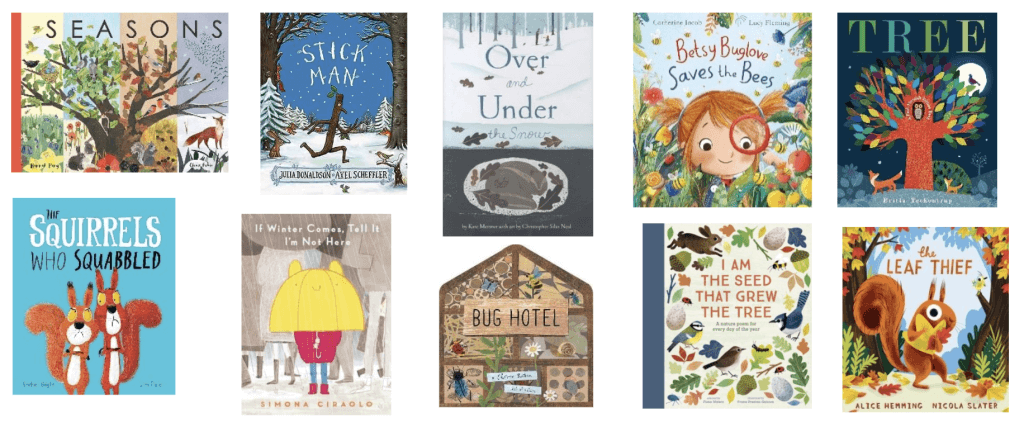
The resources we provide within the environment allows children to use this new knowledge and learning acquired within their play. When these curriculum links are used as enhancements to provision you observe children playing with what they have learnt and embedding that knowledge further.
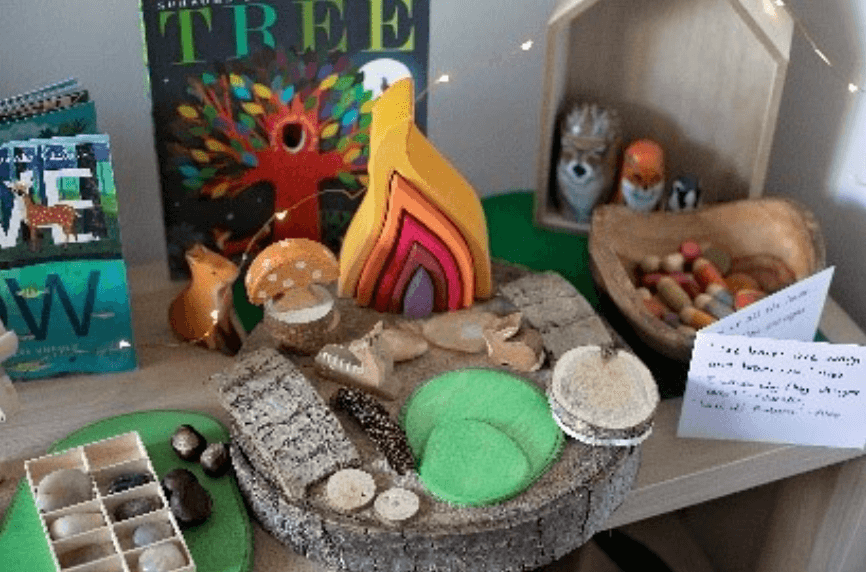
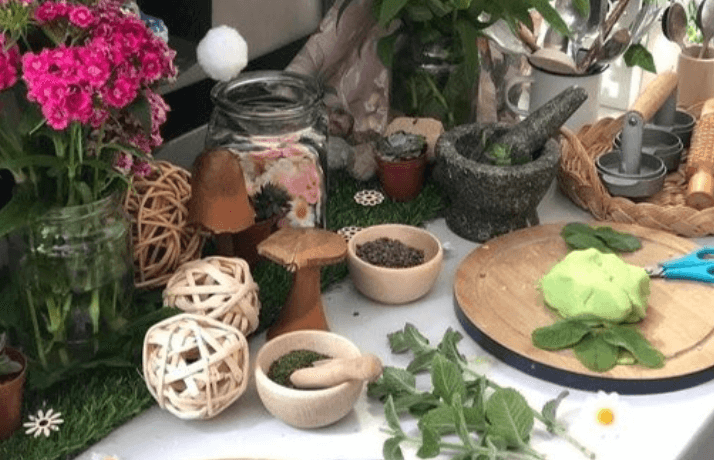
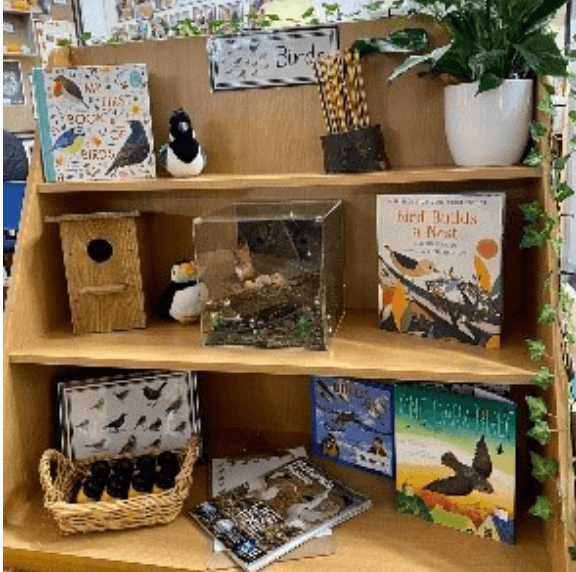
Image Credit: mrsaeyfs on Instagram
Finally, you need to consider where next? How do the teaching and learning experiences you have provided children in the early years support the KS1 curriculum and beyond? During Year 1, children are expected to identify and name common wild and garden plants, including deciduous and evergreen. If, through your EYFS Curriculum, you have provided children with hands-on experiences of planting, labelling, categorising and discussing plants, and changes to trees with the seasons, they are entering Year 1 with an abundance of background knowledge and experience within this area. This was developed and deepened over their time in EYFS working towards a progressive model for lifelong learning.
Reflection
As educators in early years, we should aspire to provide all our children with a rich and ambitious curriculum that is tailored to meet their emerging needs so that they can flourish and thrive. Curating an effective EYFS Curriculum should spark excitement, interest and intrigue which feeds into your whole school’s ethos and wider curriculum.
The freedom to develop and create a bespoke curriculum can be both liberating and daunting in equal measure. If you would like bespoke advice and support on how to evaluate the effectiveness of your current EYFS Curriculum and Assessment processes, get in touch with harriet.brettell@oneeducation.co.uk and a member of our team will provide you with information on services we can offer you.
Please complete the form below and we will get in contact as soon as we can to help you with your query.

